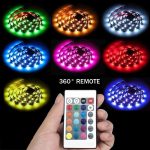Innovative Invention: Who Invented LED and Its Multifunctional Purpose
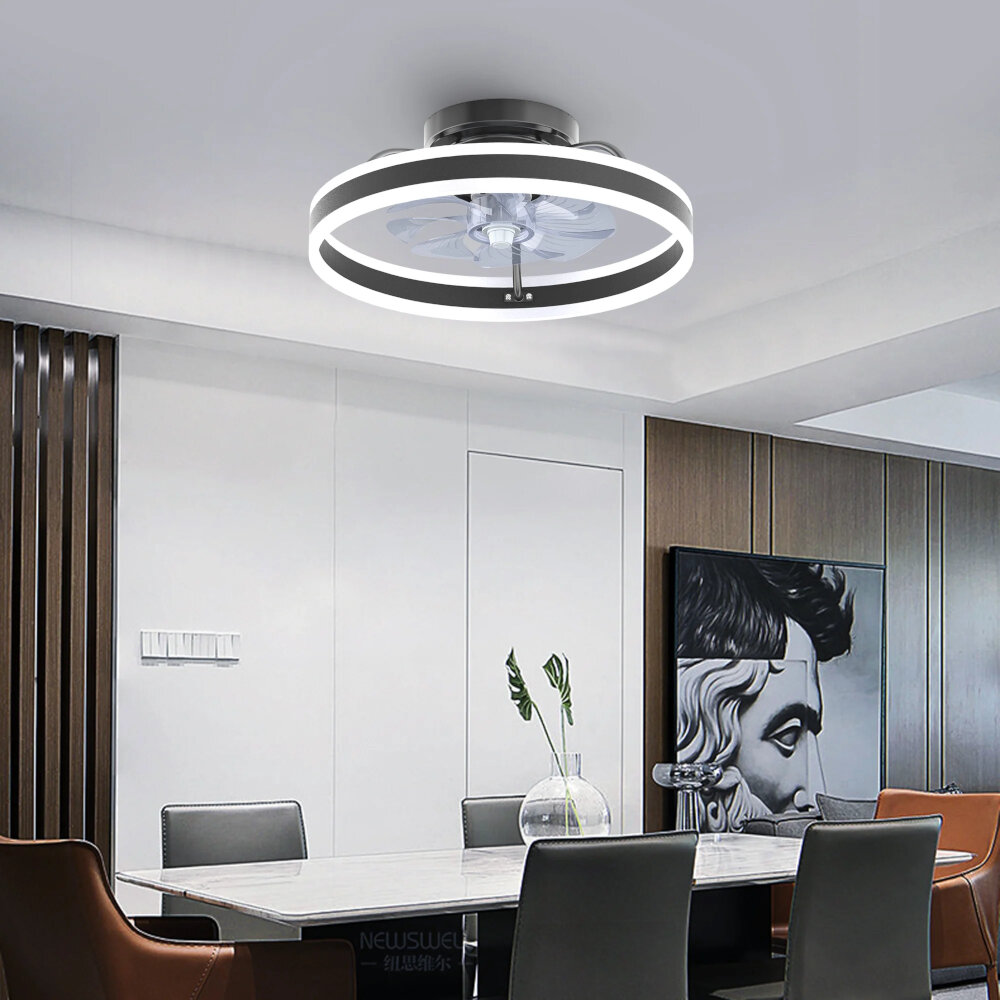
The world has witnessed an unprecedented technological advancement in the last few decades. One of the most remarkable inventions of modern times is the LED or Light Emitting Diode. The LED has revolutionized the way we illuminate our surroundings, and its multifunctional purpose has made it an indispensable component in various industries. The LED technology has not only contributed to energy conservation and cost reduction but has also opened up new avenues of innovation and creativity. The history of LED dates back to the early 20th century when scientists discovered that some materials emit light when an electric current is passed through them. However, it was not until the 1960s that the modern LED was invented by Nick Holonyak Jr., a young engineer working at General Electric. Holonyak’s invention was a breakthrough in the field of electronics, and it opened up new possibilities for the development of efficient and long-lasting lighting solutions. Since then, LED technology has undergone significant advancements, and today it is widely used in various applications, ranging from lighting and signage to consumer electronics and healthcare.
LED, which stands for Light Emitting Diode, is a semiconductor device that produces light when an electric current is passed through it. Invented in the 1960s, LED technology has had a significant impact on modern technology. LEDs are highly energy-efficient, durable, and versatile, making them an excellent alternative to traditional incandescent bulbs. They are used in a wide range of applications, from lighting to displays to communication devices, and have even revolutionized the way we watch TV and use computers. The invention of LED has not only transformed the way we see and use light, but it has also played a vital role in reducing energy consumption and combating climate change.
The Invention of LED
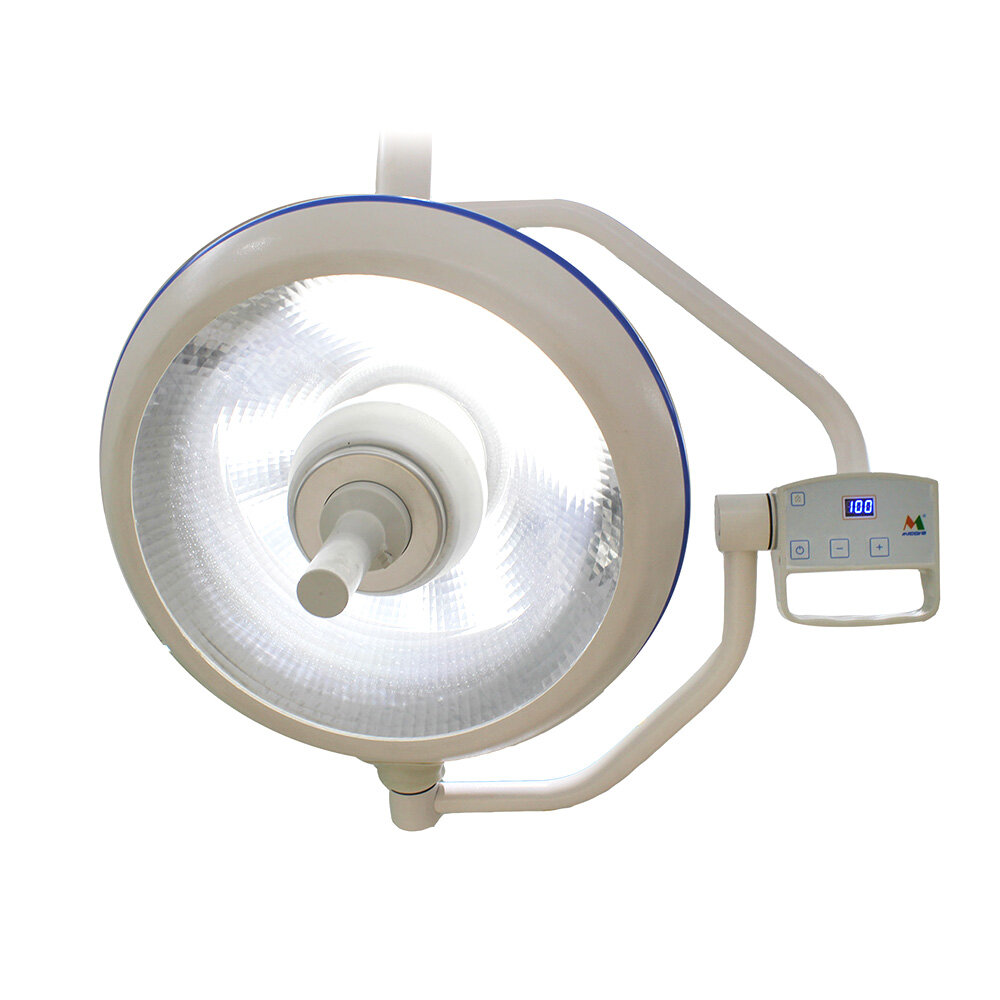
The invention of LED, or light-emitting diode, was a significant milestone in the field of electronics and lighting technology. The credit for the invention of LED goes to Nick Holonyak Jr., an American engineer who developed the first practical LED in 1962 while working at General Electric. Holonyak’s invention was a breakthrough in the field of lighting technology, as it offered a more efficient and durable alternative to traditional incandescent bulbs. It was also a significant step towards sustainable energy, as LEDs consume less energy and have a longer lifespan than traditional bulbs. Since its invention, LED has seen a wide range of applications. LEDs are used in everything from traffic lights and electronic displays to car headlights and flashlights. They are also widely used in the entertainment industry, such as stage lighting and mood lighting. Furthermore, LEDs have also found their way into the medical field, where they are used for photodynamic therapy and as a non-invasive method to measure blood oxygen levels. Overall, the invention of LED has had a significant impact on various fields, and its multifunctional purpose continues to expand as technology advances.
The history of LED dates back to 1907 when Henry Joseph Round discovered electroluminescence. However, the first practical LED was invented in 1962 by Nick Holonyak, a scientist at General Electric. He used a semiconductor material, gallium arsenide phosphide, to create a red LED. Later, in 1972, M. George Craford invented the first yellow LED, and in 1979, Shuji Nakamura created the first blue LED, which allowed for the production of white LEDs. The invention of LED revolutionized the lighting industry, providing a more energy-efficient and longer-lasting alternative to traditional incandescent bulbs. Today, LED is used not only in lighting but also in various applications such as digital displays, traffic signals, and electronic devices.
Nick Holonyak Jr. is a renowned American engineer and scientist who played a vital role in the invention and development of the Light Emitting Diode (LED). He discovered the first practical LED in 1962, while working at General Electric. Holonyak’s discovery of the first red LED paved the way for the development of other colors, including green and blue LEDs, and also opened up endless possibilities for the use of LEDs in diverse fields. His invention revolutionized the lighting industry and made possible the use of LED lights in various applications, from traffic lights to household lighting to electronic devices. Holonyak’s contribution to the invention of the LED has earned him numerous accolades, including the National Medal of Technology and Innovation.
How LED Works

Light Emitting Diodes (LEDs) are a type of solid-state lighting technology that has revolutionized the way we light our homes, offices, and public spaces. LEDs are based on a semiconductor device that converts electrical energy into light energy. The basic principle behind LED technology is the movement of electrons in a semiconductor material. When an electric current passes through the semiconductor material, the electrons release energy in the form of photons, which we perceive as light. The color of the light emitted by an LED depends on the type of semiconductor material used in the device. One of the most significant advantages of LED technology is its energy efficiency. LEDs require much less energy to produce the same amount of light as traditional incandescent bulbs. This is because LEDs convert almost all of the energy they consume into light, whereas incandescent bulbs waste a significant amount of energy as heat. Additionally, LEDs have a much longer lifespan than incandescent bulbs, making them a more environmentally friendly choice. LEDs are also highly versatile and can be used in a variety of applications, from lighting up a room to displaying information on a digital billboard.
LED (Light Emitting Diode) is an innovative invention that has revolutionized the lighting industry. It is a semiconductor device that emits light when an electric current passes through it. The science behind LED is based on the principle of electroluminescence, which is the phenomenon of light emission from a material when an electric current is passed through it. The LED is made up of a semiconductor material, typically Gallium Arsenide (GaAs), that is doped with impurities to create a p-n junction. When a voltage is applied to the p-n junction, electrons and holes are injected into the junction, and as they recombine, they release energy in the form of light. LED has several advantages over traditional lighting sources, such as low power consumption, long lifespan, high durability, and low heat emission.
LEDs, or light-emitting diodes, come in a variety of types to suit different applications. One type is the standard LED, which emits light of a single color and is commonly used in residential and commercial lighting. Another type is the RGB LED, which can emit red, green, and blue light and can be combined to create a range of colors. High-power LEDs are often used in outdoor lighting and automotive applications, while surface-mounted LEDs are commonly used in electronic devices. In addition, there are specialized LEDs, such as UV LEDs used in sterilization and blacklight applications, and IR LEDs used in remote controls and security cameras. With the versatility and energy efficiency of LEDs, they have become an essential component in many industries.
Multifunctional Purpose of LED
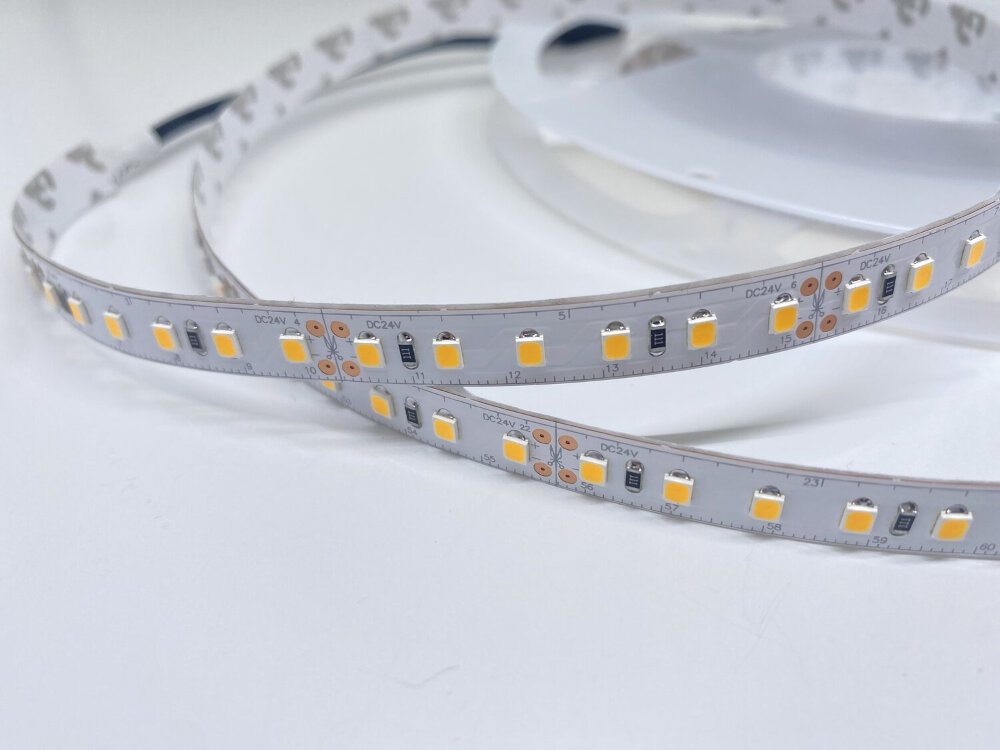
LEDs, or Light Emitting Diodes, are a revolutionary invention that has transformed the lighting industry. The invention of LED is credited to the Russian scientist Oleg Vladimirovich Losev, who discovered the phenomenon of light emission from a semiconductor in 1927. Since then, LEDs have come a long way and are used in a wide range of applications due to their multifunctional purpose. From decorative lighting to high-tech medical equipment, LEDs are used in numerous fields, making them one of the most versatile lighting solutions available today. One of the most significant advantages of LED lights is their energy efficiency. LED lights consume less electricity and can produce the same amount of light as conventional lights. This energy-saving feature makes LED lights an ideal choice for lighting homes, offices, and streets. Additionally, LEDs have a long lifespan compared to other lighting options, making them a low-maintenance solution. Furthermore, LEDs emit less heat, making them an excellent choice for use in sensitive equipment such as medical devices and computers. With their energy-efficient features and longevity, LEDs are a cost-effective lighting solution that offers significant benefits to both individuals and industries. Another benefit of LED lights is their versatility in design. LEDs are available in various colors, shapes, and sizes, making them ideal for use in decorative lighting applications. LED lights can be used to create stunning light shows, colorful displays, and mood lighting. They can also be used in outdoor lighting applications, such as garden lighting and street lighting. Moreover, LEDs are used in automotive lighting, including headlights, brake lights, and turn signals. With their flexibility in design, LEDs can be used to create endless lighting solutions, making them a preferred choice for many lighting applications.
LEDs, or light-emitting diodes, have revolutionized various fields of technology and have become an essential component of many devices due to their energy efficiency, durability, and versatility. In the field of technology, LEDs are used in displays, computer screens, and televisions. In the medical field, LEDs are used in photodynamic therapy to treat cancer, and in cosmetic treatments to improve skin conditions. In transportation, LEDs are used as headlights, taillights, and indicators in vehicles, making them brighter and more efficient. Furthermore, LEDs have also found their way into the horticulture industry, where they are used to grow plants indoors. With their multifunctional purpose, LEDs continue to be a game-changer in the world of innovation.
The invention of LED has revolutionized the lighting industry with its multifunctional purpose and numerous benefits over traditional lighting technologies. LED lights consume less energy, last longer, and emit less heat than incandescent bulbs, making them an eco-friendly and cost-effective lighting option. Additionally, LED lights are more durable and resistant to shock or damage, making them an ideal choice for outdoor and industrial lighting. LED lights also offer a wider range of color options and can be easily dimmed, providing greater control over lighting ambiance. Overall, the use of LED lights not only reduces energy consumption and maintenance costs but also enhances lighting quality and versatility, making it a highly popular choice for a variety of applications.
Future of LED
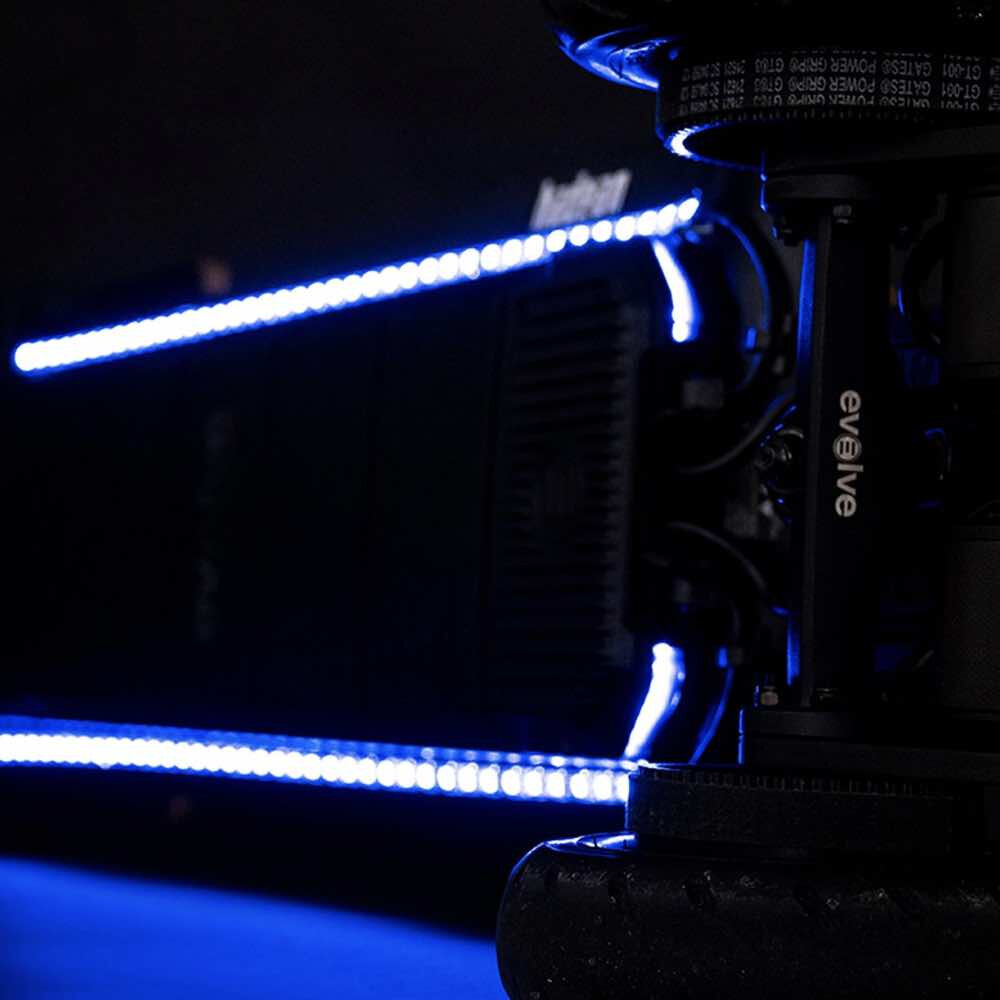
The future of LED seems incredibly bright, as it continues to evolve and innovate with new technology. LED lights have been around for decades, but they have only recently become more mainstream and affordable for everyday use. LED lights are now being incorporated into a wide range of products, from cars and televisions to smartphones and smart homes. The efficiency and long lifespan of LED lights make them an attractive option for consumers who are looking to save money on their energy bills and reduce their environmental footprint. As technology advances, we can expect to see even more exciting and innovative uses for LED lights in the future. One area where LED lights are already having a significant impact is in the field of healthcare. Medical professionals are using LED lights to treat a variety of conditions, including skin disorders, chronic pain, and even depression. LED lights are also being incorporated into medical devices, such as endoscopes and surgical instruments, to improve accuracy and precision. The future of LED in healthcare is promising, with researchers exploring new ways to use LED lights to diagnose and treat a wide range of medical conditions. As LED technology continues to evolve, we can expect to see even more innovative uses for this revolutionary invention.
LED technology has been advancing at an unprecedented rate in recent years, and there are several potential developments that we can expect to see in the near future. One of the most exciting areas of research is in the field of organic LEDs (OLEDs), which promise to be even more energy-efficient and versatile than traditional LEDs. Another area of focus is on improving the color accuracy and brightness of LEDs, which would make them more suitable for use in applications such as high-quality displays and lighting. Additionally, researchers are exploring new ways to manufacture LEDs using less expensive and more sustainable materials, which could lead to a proliferation of LED-based products in the coming years. Overall, the future of LED technology looks bright, and we can expect to see continued innovation and advancements in this field in the years to come.
The invention of LED has revolutionized energy conservation and sustainability. LEDs consume less energy than traditional lighting sources, making them an eco-friendly option for lighting. They are also long-lasting, which means they require less frequent replacements, reducing the amount of waste generated. The use of LEDs has contributed significantly to reducing carbon emissions, as well as lowering energy bills for households and businesses. Furthermore, LEDs can be used in a variety of applications, from lighting homes and offices to illuminating streets and monuments, making them a versatile and multifunctional invention with a positive impact on the environment.
The article explores the history and multifunctional purpose of LED, which stands for Light Emitting Diode. It was invented in 1962 by a scientist named Nick Holonyak Jr. and has since become a widely used source of lighting due to its energy efficiency and durability. LED technology has also been adapted for use in digital displays, traffic lights, and even medical treatments such as light therapy for skin conditions. Furthermore, the article highlights the potential for further innovation and growth in the LED industry, including the development of smart lighting systems that can be controlled remotely and the use of LED in agriculture for plant growth. Overall, the article showcases the versatility and potential of LED technology.
Light Emitting Diodes (LEDs) have revolutionized modern technology with their energy efficiency, durability, and versatility. LEDs have replaced traditional incandescent light bulbs in almost every aspect of our lives, from household lighting to automotive lighting and even in medical equipment. LEDs have also significantly reduced energy consumption, and their long lifespan has reduced the need for frequent replacements. The potential for future innovation with LEDs is immense, with ongoing research into new materials and production techniques to improve efficiency and reduce costs. The use of LEDs in smart lighting systems, horticulture, and advanced displays such as flexible and transparent screens shows that the possibilities are endless. As the world continues to prioritize sustainability, LEDs are likely to remain at the forefront of technological innovation.
Conclusion
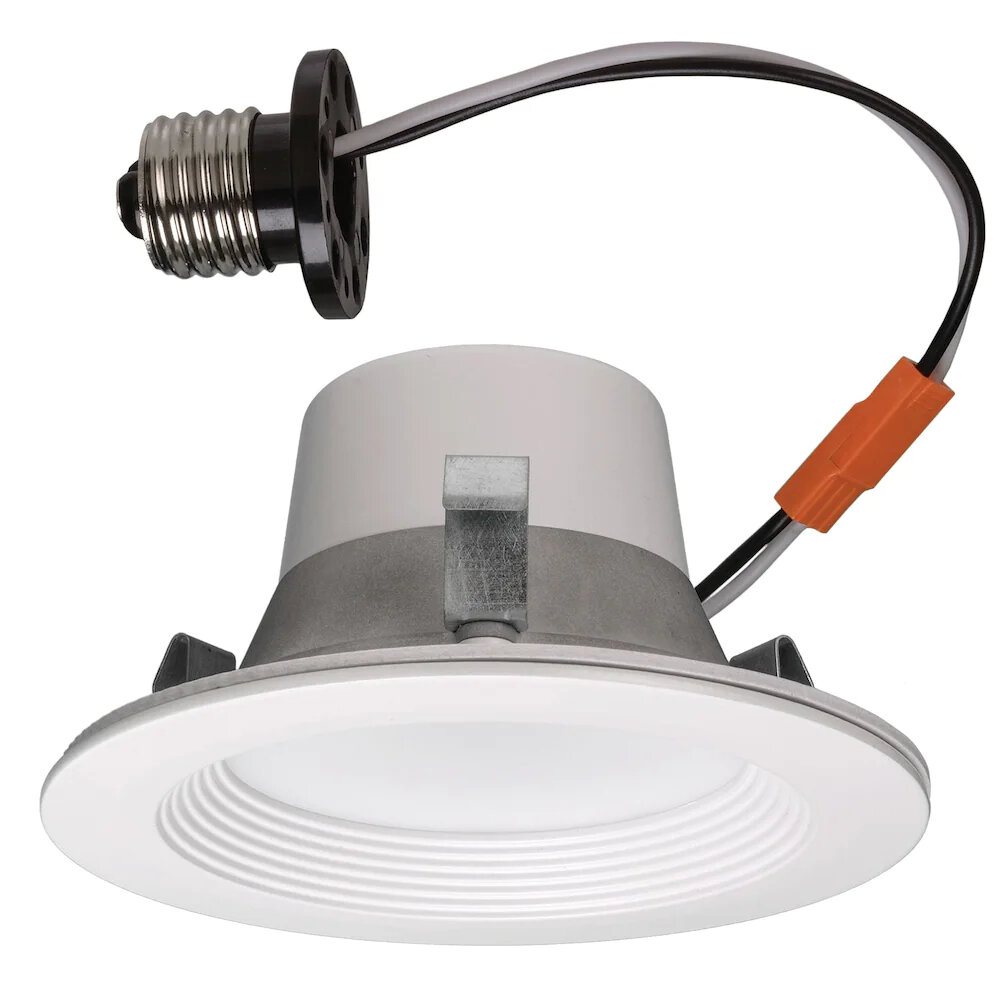
In conclusion, the invention of LED has revolutionized the world of technology and has become an indispensable part of our lives. The credit for the invention of LED goes to Nick Holonyak Jr., who had a vision to create a more efficient and eco-friendly light source. The multifunctional purpose of LED has made it a popular choice in various industries such as automotive, medical, and telecommunications. It has also paved the way for new innovations in the field of lighting and energy conservation. LED has undoubtedly changed the way we see the world and will continue to do so for years to come.

